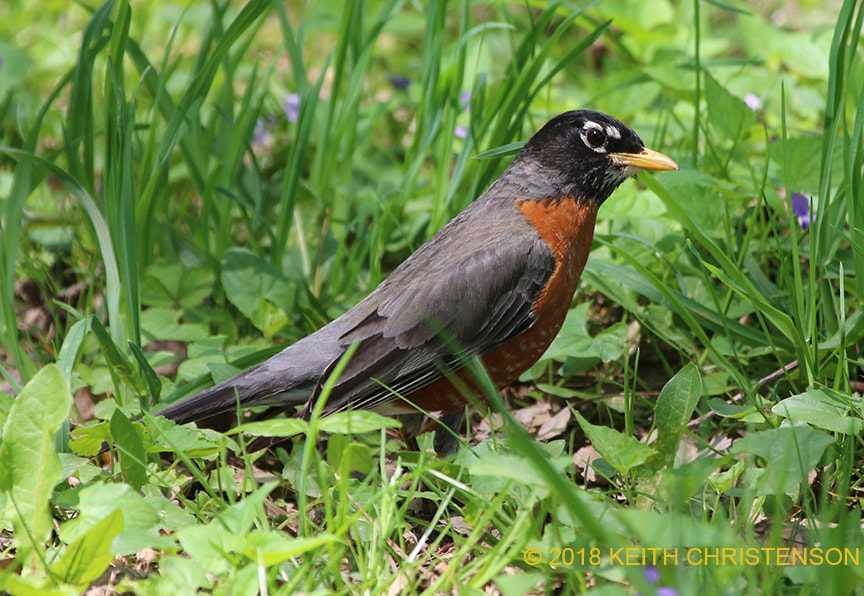|
This is a fairly average photo of an American robin, but when I looked at it pretty much every field mark on the bird was visible (except for the bits at the outer tips of the tail) so it makes a nice ID photo. Not that there are hordes of folks that can't ID a robin, but...
1 Comment
Susan McIntyre
5/21/2018 03:05:06 am
Hello, I saw your info about bats, and I’d like to share information I learned during my workplace’s outbreak of an underdiagnosed airborne infectious disease that can cause malignancies, precancerous conditions, rheumatological diseases, connective tissue diseases, heart disease, autoimmune symptoms, inflammation in any organ/tissue, adrenal insuffiency, seizures, migraines, mood swings, hallucinations, etc. and is often undiagnosed/misdiagnosed in immunocompetent people. 80-90+% of people in some areas have been infected, and it can lay dormant for up to 40 years in the lungs and/or adrenals.
Reply
Leave a Reply. |
AuthorKeith Christenson - Wildlife Biologist Categories
All
Author
Keith Christenson Wildlife Biologist Archives
September 2021
|

 RSS Feed
RSS Feed